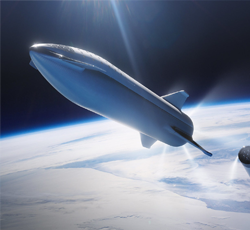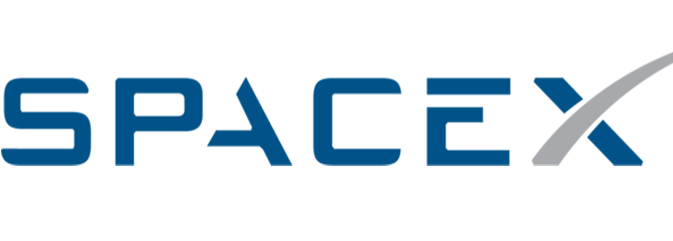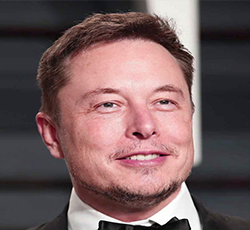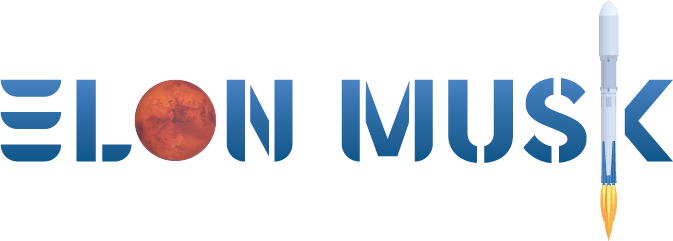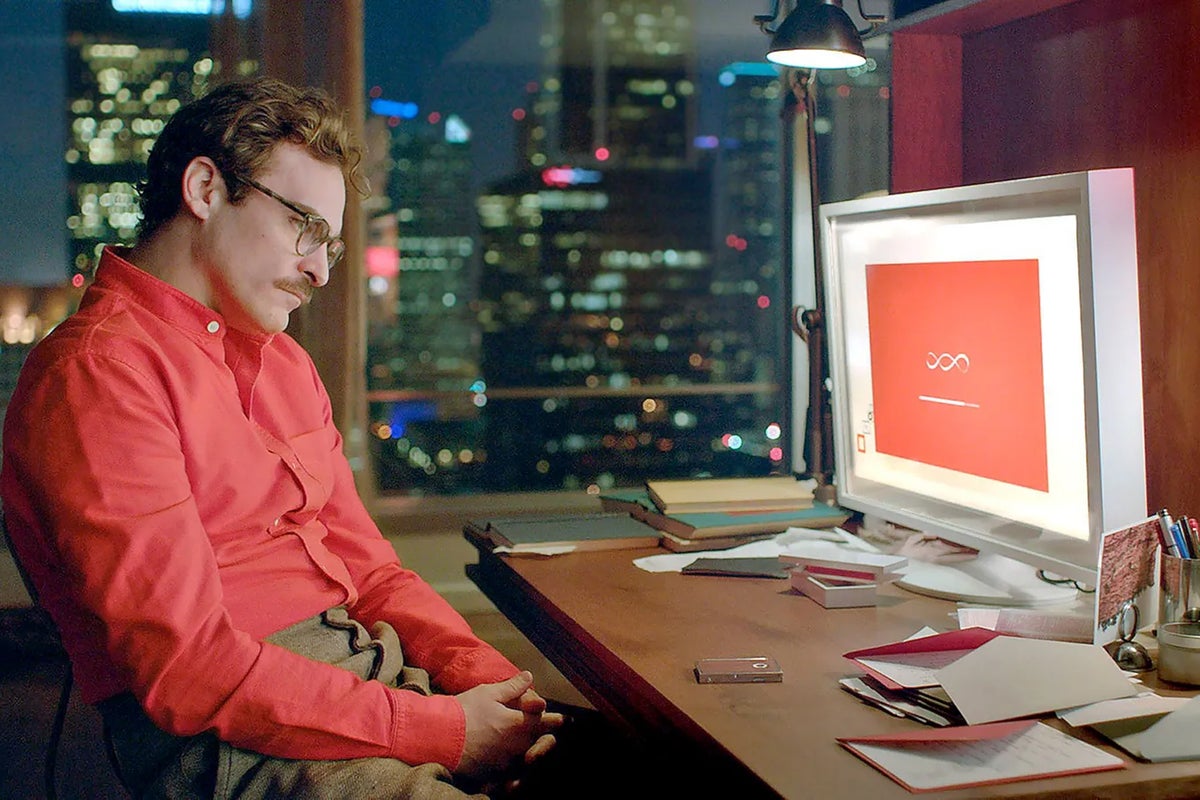
Is Elon Musk’s Hyperloop a Pipe Dream? - The New Yorker
- by The New Yorker
- Aug 14, 2013
- 0 Comments
- 0 Likes Flag 0 Of 5

Save this story
The best thing about Elon Muskâs Hyperloop project was the anticipation. He promised to unveil plans for a system that would whisk passengers from Los Angeles to San Francisco in half an hour, using a âfifth modeâ of transportationâone that would supplement and perhaps even replace cars, boats, trains, and planes. The hive mind of the Internet buzzed: Vacuum tube? Lofstrom loop? Teleportation? Skepticism abounded, too, as it wasnât long ago that someone promised to transform transportation and instead gave us the Segway, which turned out to be really useful for, well, not much.
On Monday, Musk posted his proposal, a fifty-seven-page set of specs for a gizmo that looks like the Keystone Pipeline hoisted onto a chairlift. Dual tubes, one headed north and one south, would snake together twenty feet above Interstate 5âs median, supported by pylons a hundred feet apart. Cylindrical pods carrying twenty-eight people would whoosh through the tubes at up to seven hundred and sixty miles per hour, coasting on a cushion of air. Musk promised a trip of thirty-five minutes, at a total system cost of only six billion dollars. That would be less than one-fourth the travel time per rideâand at one-tenth the overall costâof the high-speed rail system that California has planned.
The good news is that, as gizmology goes, Musk has put forth a plausible idea that doesnât require yet-to-be-developed technologies like transporter beamsâthough the proposal notes in passing that teleportation âwould of course be awesome (someone please do this).â Musk, who grew up in South Africa reading Isaac Asimovâs âFoundationâ series, sees himself as a hero tasked with the lonely burden of saving us all. His pet projects (space flight, electric transport) aim to buy us time to colonize Mars before we destroy Earth. There is something reproving about his blue-eyed stare, as if heâs come back after a spell on Gamma Nebula 7 and is disappointed to find us still burning hydrocarbons and chowing down at Cinnabon. Earthlings, repent!
And so Musk developed the Hyperloop as part of a more logical, Muskian scheme for human travel. The Hyperloop would serve for intercity trips up to nine hundred miles. For longer hauls, weâd turn to supersonic, electric airplanes that would take off and land vertically, like his SpaceX companyâs Grasshopper, a reusable rocket that touches down on four metallic legs. Such planes would be cheaper and faster, and they might also have bathrooms, which arenât mentioned in the Hyperloop schematics.
Though heâs a doodle-on-the-napkin guy, Musk also gets his hands dirty with stators and capacitors. He figures it out. People laughed at SpaceXâa privately-held rocket company?âbut last year its Dragon spacecraft became the first commercial vehicle to dock with the International Space Station. No one thought Muskâs other full-time job, as C.E.O. of Tesla Motors, would work out either, but the company paid back four hundred and sixty-five million dollars in government loans nine years early, and itâs selling more than five thousand electric cars a quarter. Most strikingly, given the raft of production issues the company had to overcome, Teslaâs Model S is beautifully engineered: Consumer Reports gave it the magazineâs highest rating ever.
What makes the Hyperloop exciting, as a napkin doodle, is Muskâs ingenious workaround for the Kantrowitz limit, which is the top speed that a pod can go in a given tube due to the resistance from the wall of air it compresses as it moves. (Think of the effort it can take to push air from a syringe.) An electric fan on the podâs nose would suck in the high-pressure air, which would then get blown out underneath the pod, buoying it like a puck on an air-hockey table. Itâs a brilliant judo move.
Other than that, though, Muskâs proposal is less a theoretical breakthrough than a shrewd assemblage of components, like a soap-box racer that a kid might build from materials in the barn (if the kid were Tom Swift). Essentially, Musk wants to erect a really long pneumatic tube of the kind that used to shoot mail around office buildings, and then deploy air to float the freight instead of pushing it. When previewing his idea, he called it âa cross between a Concorde, a railgun, and an air hockey table,â which soothed Luddite anxieties: the future is going to be a mashup of the coolest parts of your childhood! The systemâs other key components are all ones heâs grappled with or contemplated before: solar panels atop the tubes would provide the energy (Musk is the chairman of SolarCity, which sells solar power to California); lithium-ion cells would store the energy (just as they do in the Model S); thereâd be a swap-out system for the batteries at the end of the line (an idea taken from Shai Agassi, his vanquished electric-car competitor); and the pods would have gull-wing doors (like the ultimate quixotic project, the DeLorean, whose doors heâs contemplated putting on a Tesla).
The bad news is that thereâs no conceivable way that the system would cost just six billion dollars, or that one-way tickets would cost twenty dollars. Overpromise disease is endemic to Silicon Valley, but Musk has an aggravated case. When I wrote a Profile of him, in 2009, he told me that a third-generation Tesla would be selling for less than thirty thousand dollars in 2014, the same year that he expected SpaceXâs Falcon 9 to begin ferrying tourists around the moon. Well, no and hell no. More worrisomely, he promised that you could start driving the Model S in western California âat breakfast and be halfway across the country by dinnertime.â Musk is a lot better at math than I am, but he eventually acknowledged that by âdinnertimeâ he really meant âthe following morningâs breakfastââif, again, you didnât stop to go to the bathroom.
Additional bad news is that Californiaâs politicians are skeptical of the Hyperloop, as theyâve already committed to their own relatively slow high-speed rail system, now projected to be finished in 2029. And that no community in San Francisco or Los Angeles would want giant tubes running through it. And that, from the evidence of Muskâs own route map, he hasnât figured out how to get the Hyperloop across the San Francisco Bay or any closer to downtown Los Angeles than about an hour north of itâwhich kind of kills the whole point. Also, earthquakes! The suggested route more or less parallels the San Andreas Fault. (Musk says that his flexible tube joints and dampered pylons would enable the system to absorb seismic shocks. But the worst place to be in an earthquake would be ripping along at barely-subsonic speeds twenty feet above the groundâin a system attached to it. Disaster-film auteurs are surely already storyboarding the money shot of Hyperloop pods disgorging onto a teeming freeway at seven hundred miles an hour.)
Finally, of course, no one knows if the thing would actually work. Musk says that his proposal is open source, which is geek-speak for âplease help me fix this.â He knows how much time and money it takes to get an idea out of the garage. But though he overpromises, he alsoâeventuallyâdelivers. So if he were to drop everything else and turn to the Hyperloop, it might take him twenty years to get it built, at a cost many multiples of his estimate. And then youâd get to San Francisco about as fast as you would on Southwest Airlines. Would it be worth it? If heâs right about the whole Mars-or-extinction thing, we might be better off if he kept his day jobs.
Illustration by Elon Musk/Tesla Motors. Photograph of Musk by Stephen Lam/Reuters/Corbis.
Please first to comment
Related Post
Stay Connected
Tweets by elonmuskTo get the latest tweets please make sure you are logged in on X on this browser.





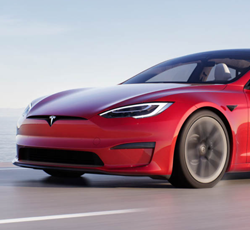
 Energy
Energy